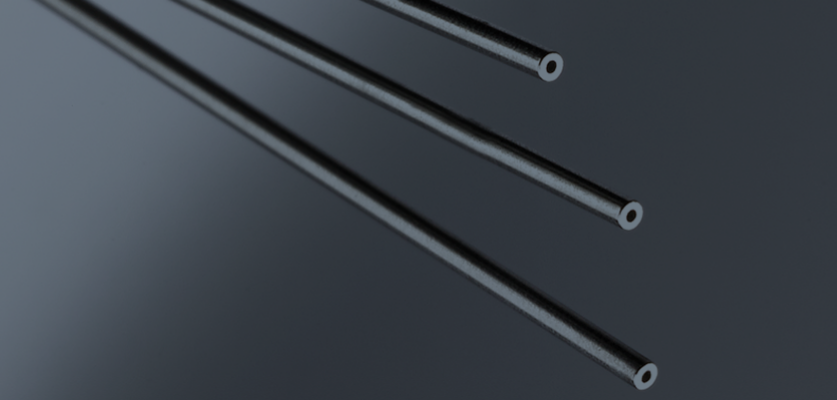Another Point to Consider When Designing Your Parts
In the past, we’ve blogged about some common sourcing problems and how to avoid designing those problems into a part in the first place. It often comes down to tolerances and understanding the impact they have on processes and ultimately, your cost.
Just recently a customer said to me, “I read on your website that Metal Cutting can hold a tolerance of ten millionths and does CNC lathe — I’m really excited to see your CNC lathe that holds +/- 0.000010!”
As much as I would have loved to tell him, “Yes, we can do that!” the truth is, tolerances always depend on the particular process or processes required to produce a part. When Metal Cutting — or for that matter, any other company — describes our capabilities for marketing purposes, it’s important to remember that the capabilities may not always apply to every machine and to each process equally.
Tight Tolerance May Mean Multiple Processes
Often, even in drawings, the stacking of tolerances can be misunderstood. The reality is, any manufactured part can require multiple processes, and those processes don’t all have the same capabilities. For example, at Metal Cutting we can hold a tight tolerance of +/- 0.000010 when grinding the OD of a part; however, that tight a tolerance is beyond current cutting capabilities. (A part can be sorted to a very tight size, but even then, probably not to +/- 0.000010.)
The point is, you can’t use just one tolerance or one process for your entire drawing, because no vendor — Metal Cutting included — can use just one tolerance to describe all of our subtractive metal fabricating capabilities. Different tolerances may require different processes to achieve, and not all processes are capable of the producing results to the same tolerance.
Tight Tolerances + Multiple Processes = Higher Cost
Let’s not forget the relationship between tolerances and cost. As we pointed out in an earlier blog, extending tolerances out just one more decimal point can increase the cost by a factor of two or three. Unless a tight tolerance is “normal” within the capabilities of the particular process to be used, then the tighter the tolerance, the higher the cost of production.
It may be tempting to assume that the tightest tolerance possible should be your default choice. But when a buyer requests tolerances that are “as tight as possible,” we typically counter with, How much do you want to spend? How many parts do you need to make? (As Bob says, “Don’t ask for more than what you are willing to pay for!”) Again, your tolerances will determine how many processes are necessary to produce your finished part, and each process has its own minimum. So, if you don’t need a very tight tolerance on a particular dimension, that’s a place where you may be able to eliminate a process(es) and save money.
What to Consider Before Spec’ing a Tight Tolerance
Granted, there are times when tight tolerances mean the difference between a product that works and one that fails. Insufficient tolerances can degrade the performance and quality of components. Especially with complex assemblies, small variations in each part’s dimensions can multiply, resulting in tolerance buildup and unacceptable variations in the intended design.
Once again, here are some questions that we recommend you consider before committing to a very tight tolerance:
- How does the part function in its end use?
- What tolerances are important for the environment in which the part will be used?
- Does the part interact with any other part or parts? If not, you might not need such a tight tolerance. If so, you need to be aware of tolerance accumulation.
- If the same part has different attributes requiring tolerances, which is the more critical dimension?
- Is there a very tight tolerance that may be countered by some interaction within the part and therefore, is not practical and should be scaled back?
- Are you willing to test a slightly out-of-spec part to see if a looser tolerance will work for your application?
Remember, by avoiding over-engineering your parts with unnecessarily tight tolerances, you can help to keep your costs under control. And a good vendor should always be willing to help you identify the best tolerance for your parts, and your budget.






